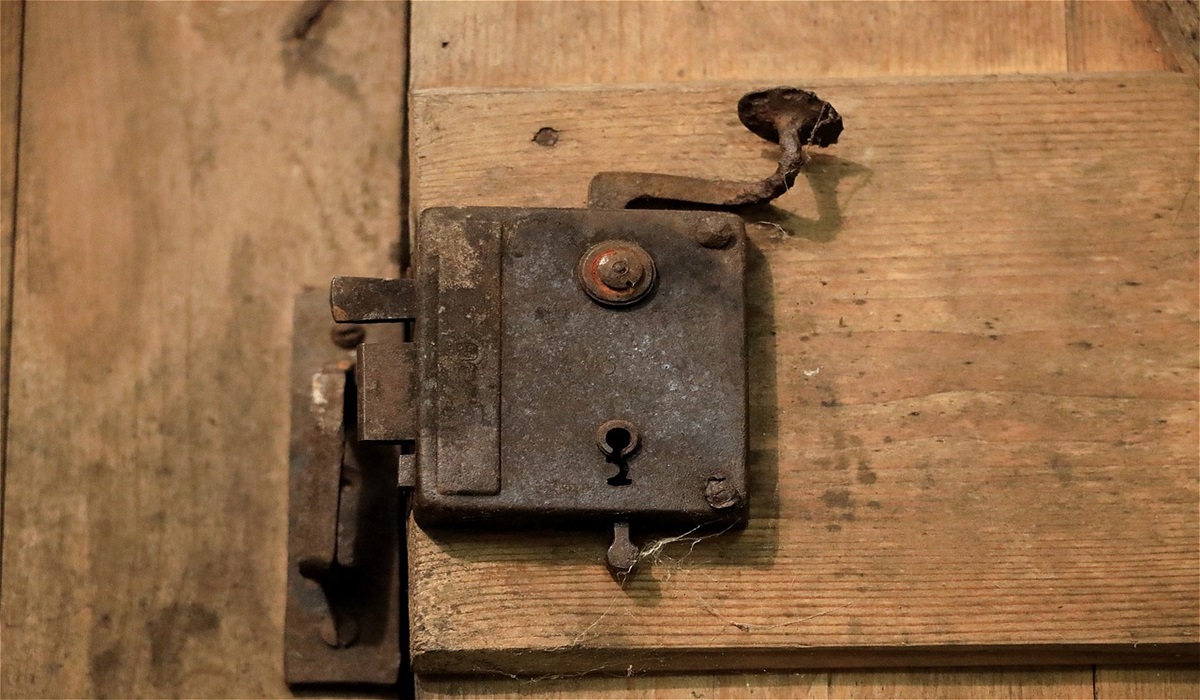From Locks to Alarms: The Evolution of Home Security Solutions
- Don Woodstock
- Crime
- Do Security. Do It Smart
- October 29, 2024

By: Don Woodstock
Image Credit, Franz W.
Home security has evolved significantly from the basic methods of ancient times to the advanced systems we use today. Early civilizations relied on simple door mechanisms and gates to safeguard their dwellings, but these offered limited defense. In medieval times, castles featured heavy doors with rudimentary systems, providing some safeguarding but requiring constant vigilance. While these methods were effective for their time, they weren’t immune to the ingenuity of would-be intruders. The focus was more on physical barriers than proactive measures.
The Industrial Revolution introduced advanced designs, such as Yale’s pin-tumbler mechanism, which greatly improved defense. These systems offered a higher level of protection, but it wasn’t until the invention of alarm systems in the 19th century that personal safety truly began to transform. Augustus Russell’s electromagnetic alarm system, which used wires and a bell to alert homeowners of intruders, was a game-changer. It marked the first step away from static, physical barriers toward more dynamic, alert-based protection. Over time, these early alarm systems evolved into ones with sirens, monitoring services, and remote response capabilities, enabling faster reactions to potential threats.
By the mid-20th century, personal defense became even more sophisticated, incorporating technologies like infrared sensors and closed-circuit television (CCTV) cameras. These innovations allowed homeowners not only to deter break-ins but also to monitor their property in real-time. For the first time, people could visually verify the presence of intruders, and cameras acted as both a deterrent and a tool for law enforcement. Personal and building saftey, is now more comprehensive, expanding beyond simple physical barriers to include full surveillance systems.
The rise of the digital age brought about a revolution in protection, with smart technology allowing for increased connectivity and control. Today’s systems enable homeowners to manage alarms, cameras, and entryways remotely through smartphones and other devices. Smart solutions can be tailored to an individual’s specific needs, offering alerts, motion detection, and automated responses. Video doorbells, like Ring and Nest, allow people to monitor visitors and deliveries in real-time, adding another layer of convenience and vigilance. The integration of smart devices into systems has made managing safety more accessible than ever before.
Looking ahead, technologies like artificial intelligence (AI) and machine learning promise to take personal defense even further. AI could enable systems to predict and respond to potential threats before they occur, using data collected from sensors and cameras to recognize patterns of suspicious behavior. These systems could autonomously decide the best course of action—whether to alert the homeowner or notify emergency services—ensuring a rapid and appropriate response. This shift from reactive to proactive measures is one of the most exciting possibilities in the evolution of home defence.
The continuous advancement of protective technology highlights the growing need for safety in an increasingly complex world. From the rudimentary methods of ancient times to today’s interconnected smart systems, safeguarding our lives has become more than just a deterrent—it’s an active, adaptive participant in our well-being. With AI, facial recognition, and real-time alerts, we are witnessing a new era that could redefine what it means to feel secure. As these technologies continue to evolve, protection will undoubtedly adapt to meet the challenges of the future.
Claim your 15 -25% discount at https://jamrocksecurity.ca

https://www.alarm.com/CAN/jamrocksecurities?home=1









